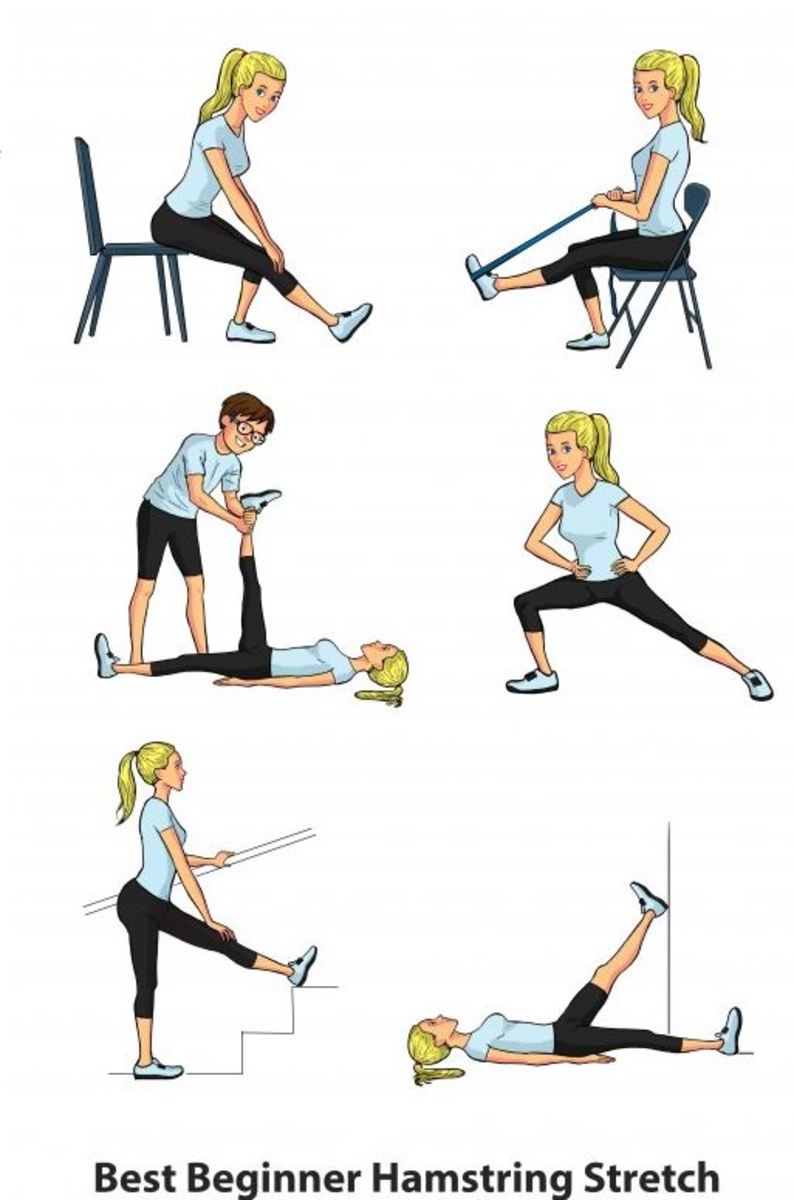Understanding Physical Exercise
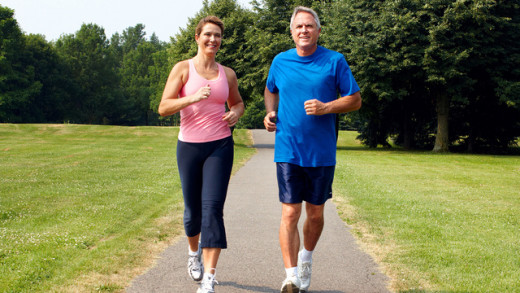
What is Physical exercise?
Physical exercise is any activity that exerts muscles, usually performed to enhance or maintain physical fitness, body shape and overall body wellness. Exercises can be performed for various objectives. These may include; muscle strengthening, enhancing cardio-pulmonary function, Weight loss and maintenance, athletic skill as well as enjoyment. In addition, exercise also boosts the immune system and improves mental health, reducing on chances of depression.
Types of exercise
Classification is based on overall effect on the body.
1. Flexibility exercises such as stretching, which are aimed at improving muscle and joint range of movement.
2. Aerobic exercises like walking, cycling, swimming, running, rope skipping and others which focus on increasing cardiovascular endurance.
3. Anaerobic exercise such as weight training, eccentric training, and functional training such as that performed in hospital to rehabilitate immobilized patients. These are focused on improving short term muscle strength.
Both aerobic and anaerobic exercise work to increase mechanical efficiency of the heart by increasing cardiac volume and myocardial (heart muscle) thickness. These changes are beneficial if they occur in response to exercise.
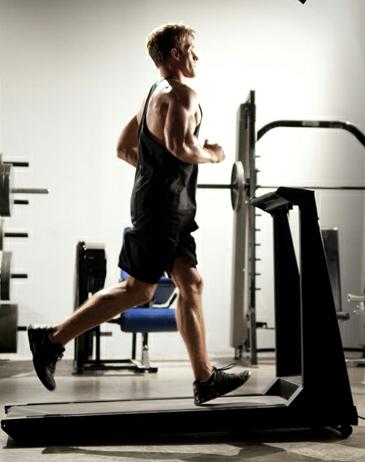
How to exercise safely
While exercise is of great importance, there is need to do it safely. Unsafe exercise techniques can cause injury and other unwanted effects. Evidence suggests that excessive exercise can in fact be harmful. Extreme long term cardiovascular endurance exercise like training used by athletes when preparing for marathons may be associated with scarring of the heart and heart rhythm abnormalities. Too much exercise can also cause a woman to miss her period, a symptom known as amenorrhea. Too much high impact exercise such as running and jumping are associated with joint injuries such as sprains, and meniscal(cartilage) injuries, as well as stress fractures in the feet and the spine. If you have any chronic conditions like asthma, hypertension, diabetes and others, you must consult your doctor for advice on what activities will be safe.
Proper nutrition
When on an exercise program, it is very important to have a good diet to ensure that the body has a correct ratio of macronutrients which avail the body with the required energy and aid in the recovery process following strenuous activity.
If you exercise in the morning, you need to have breakfast about one or two hours before you start. This is because most of the energy from last night’s dinner is used up and your blood sugar is likely to be low. This calls for early rising. A lighter breakfast is wise if you intend to exercise within an hour after the meal. If you don’t eat you will feel sluggish or lightheaded when you exercise. And will be unlikely to accomplish your exercise goals. You need protein and carbohydrate rich breakfast and minimal fat. Examples of a good work out breakfast include; whole grain cereals, bananas, low fat milk and juice. Remember however that eating too much before exercise can also make you feel sluggish and may give you stomach cramps during exercise. Good snacks after exercise include fresh fruits, yogurt, and whole grain crackers.
Warm up
Take a few minutes to warm up before you start any vigorous activity. Start slowly and increase intensity gradually. Remember to choose proper shoes and light clothes since your body temperature will be increasing. In cold weather, dress up well to prevent hypothermia. You will need layers that can peel off as body temperature increases . Listen to your body. If you are feeling sick or very fatigued, or you develop persistent joint pains after exercise, hold off. You might be doing something wrong. You may have to consult a professional before you continue.
Stretching
Begin stretching slowly and carefully until reaching a point of muscle tension. Hold each stretch for 10 to 20 seconds, then slowly release. Never stretch to the point of pain because you could injure the muscle. Breathe regularly to help increase blood oxygen levels which in turn increases oxygen flow to the brain.
Drink plenty of water
This will prevent dehydration, heat exhaustion and heat stroke. Take 1 pint of water 15 minutes before you start exercising and another pint after you cool down. Cooling down should be the final phase of your exercise. This means slowing down your activities at least 10 minutes before you completely stop.
Adequate Rest
You need to have regular days off from exercise for rest. Remember training too hard too often can cause overuse injuries like stress fractures and inflamed tendons. Delayed muscle soreness that starts 12 to 24 hours after work out and gradually goes down is a normal response to taxing the muscles. On the other hand, persistent or intense muscle pain that starts during work out or immediately afterward indicates injury. You may need to see a doctor for this. Without adequate rest, the chance of stroke and other circulation problems increases.
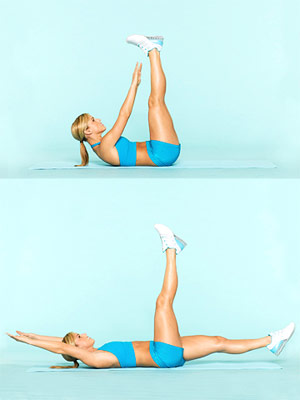
How often do you exercise?
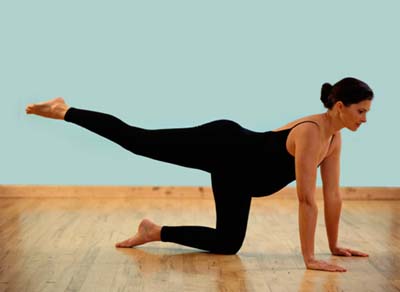
Special considerations
If you have low back pain
If you have acute low back pain so that you are unable to move, you will need to stay away from exercise for a while as will be advised by your doctor. This will allow the back ample time to rest and heal. When you are ready to start, listen to your body and avoid any thing that causes pain. You will also need to stay away from any kind of exercise in which you can’t maintain the back in the neutral position.
High impact exercise such as running, jumping, squats, jumping squats and tennis (which requires a lot of twisting movements) may worsen the condition of the back and therefore should be done with precaution. Research also seems to indicate that sit ups put strain on the spine. You may also need to stay away from these to avoid further damage to the spine. For safe alternatives, you will need guidance from your physical therapist. And most of them will depend on the state of your spine, and the underlying cause of the back pain. However walking, swimming and most water aerobics as well as some stretching such as that done in Yoga are safe.
During pregnancy
Taking regular exercise has several benefits for you and your baby. You minimize chances of complication such as pre-eclampsia, and increase your chances of a shorter labour and giving birth virginally rather than by operation.
If you have been on an aggressive exercise program before pregnancy, you will need to cut down on it. Walking, stationary bike cycling, swimming, and yoga are safe. If you find that you don’t have any extra time to spare because of various reasons, you can try to include exercise in your daily activities. Try taking the stares or walking some of the distance to and from work. Even your daily house work counts. 30 minutes daily is sufficient for desirable effects. You can divide this into two or three sessions in a day as best suits your life style. If you have any problems with your pregnancy, keep in contact with your doctor or midwife. Remember to be gentle and start with short session and increase with time.
Any activity which puts you at risk of falling or getting hit in the stomach such as horseback riding, cycling, football rugby, tennis and others should be avoided. Stop exercising immediately if you have any of the following signs; dizziness, feeling faint, shortness of breath, chest, stomach, or joint pain, and vaginal bleeding.
Remember to eat well in order to meet your body’s demands and take plenty of fluids. Keeping these tips in mind will significantly reduce the risk of injury during exercise.
Are you physically fit? Take this test to find out
view quiz statisticsLiving a sedentary life style is harmful, and makes you vulnerable to ailments like heart disease, low back pain, and many others. According to the world health organization(WHO), obesity has doubled worldwide since 1980. Statistics indicate that 2.8 million adults die each year as a result of being overweight, and that over 40 million children under the age of five years are overweight. No one should suffer or die from weight related illness because they can be prevented with minimal financial cost.


